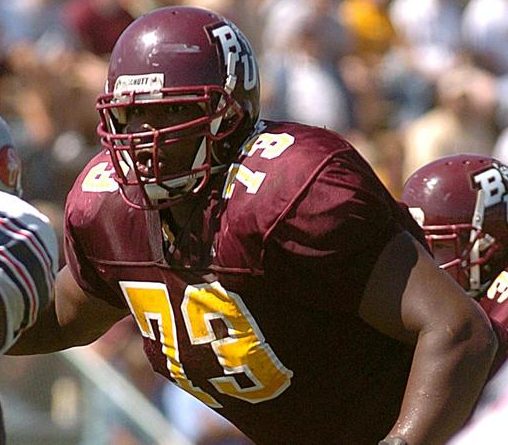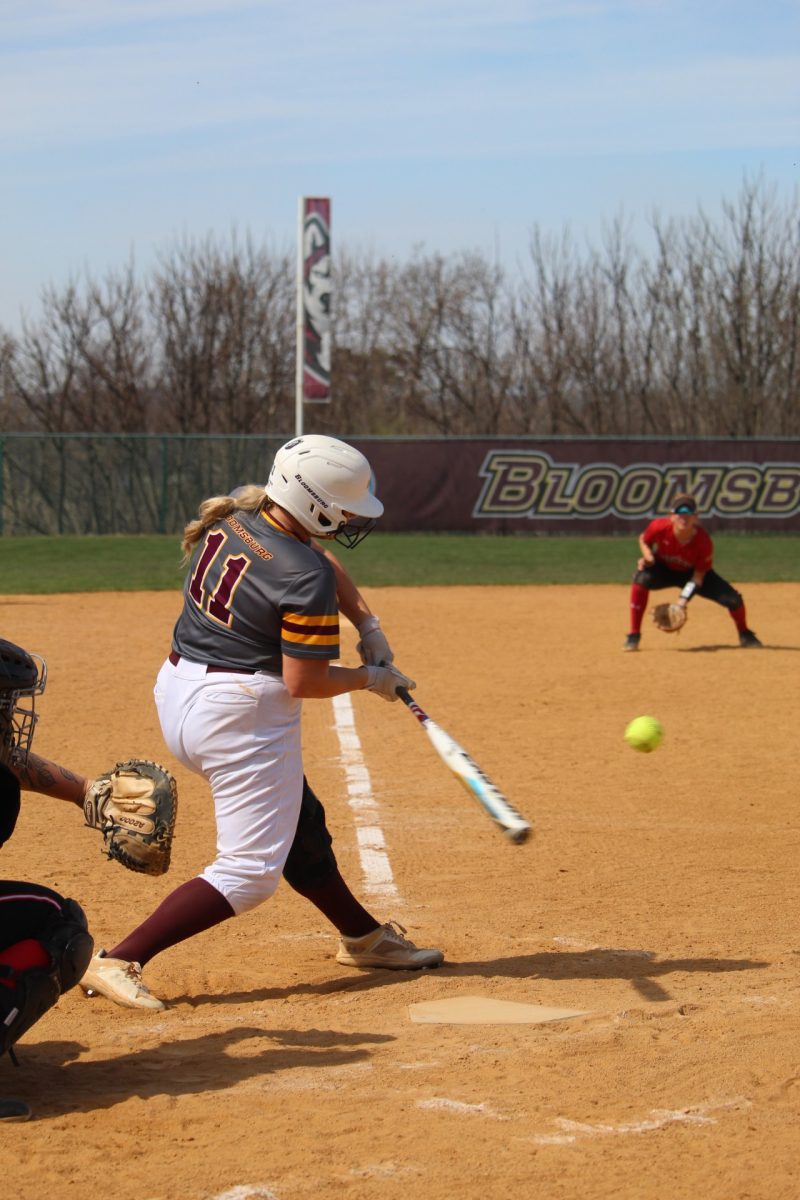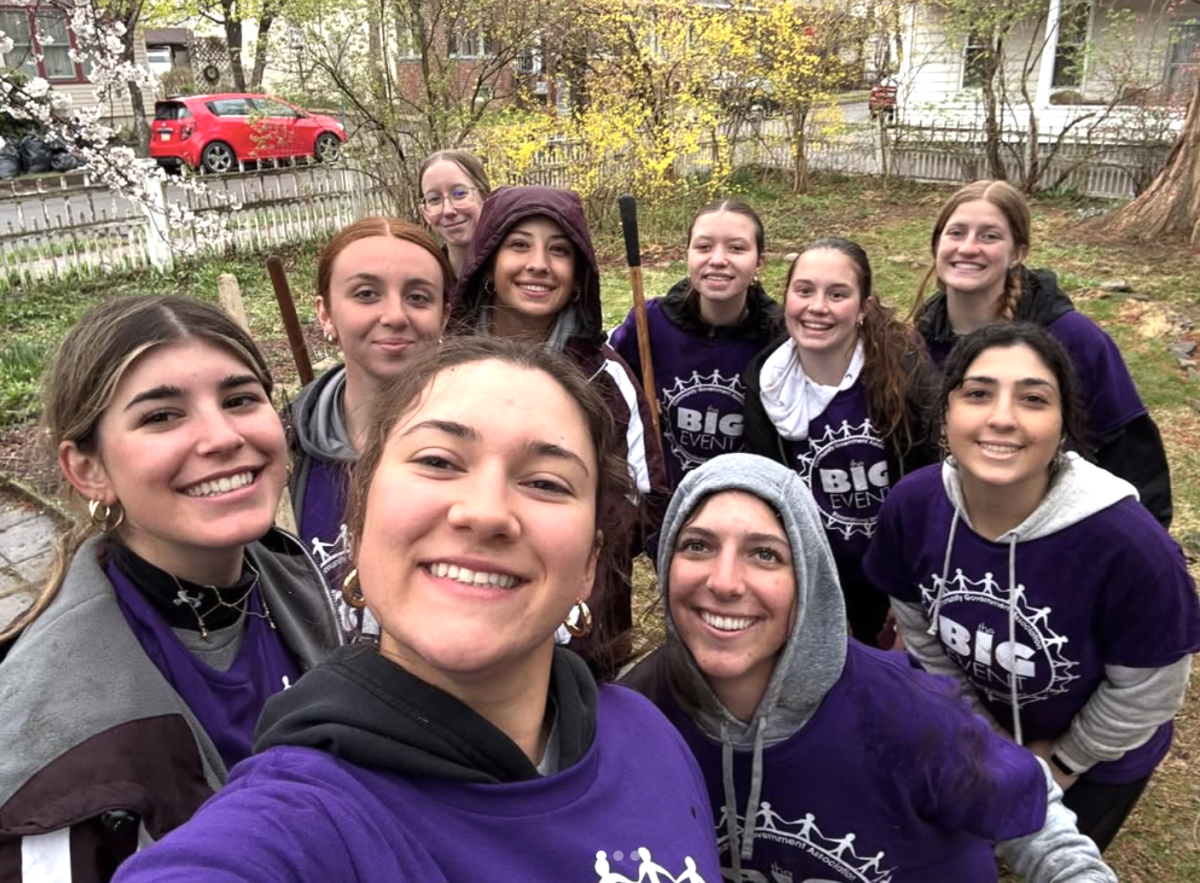Pole dancing is often thought of as a XXX activity. The truth though is that this form of entertainment extends far beyond the strip club and may soon be included in the Olympic Games.
According to Wikipedia pole dance combines dance and acrobatics centered on a vertical pole. In recent years this has become a fun form of exercise practiced in gyms and dance studios and has become a competitive sport. The International Pole Sports Federation (IPSF) holds annual competitions that follow strict scoring rules and consist of a variety of age group and performance type categories. The IPSF has been granted “observer status” by the Global Association of International Sports Federation (GAISF).
The GAIST writes on their website, ““Pole Sports is a performance sport combining dance and acrobatics on a vertical pole…Pole Sports requires great physical and mental exertion, strength and endurance are required to lift, hold and spin the body. A high degree of flexibility is needed to contort, pose, demonstrate lines and execute techniques.”
This is the first step towards becoming full GAISF members which is almost crucial for a sport to end up in the Olympics.
International Pole Sports Federation President, Katie Coates, says, “In just eight years we have created a sport, ignited a global following and inspired a new generation of sportsmen, [sports]women and children. I am thankful to the IPSF and GAISF teams and excited about the future of our sport.”
Along with becoming recognized by the GAIST a prospective Olympic sport must also gain recognition by the International Olympic Committee (IOC). After becoming recognized by the IOC, the IPSF will need to petition to become an official Olympic sport.
This whole process can take many years, but Pole Fitness groups are excited over their recent recognition that is sure to get the process going.
Since the formation of the IPSF in 2009 the group has been busy creating strong regulations that will allow them to be taken seriously as a spectator sport. In 2011 the first Code of Points were created , in 2012 the first World Championships were held, and from 2013 on four new categories were added to the sport including a youth program, Ultra Pole, Artistic Pole and Para Pole.
The IPSF website states Ultra Pole is more focused on extreme athleticism and tricks, Artistic Pole follows different scoring guidelines that allow for more creative choreography and musicality and Para Pole allows para-athletes to compete in categories based on their impairment.
The competitions are all family friendly. Competitors: both men and women in singles and doubles categories, aged 10 and up; dress in dance costumes and perform a variety of spins, flips, jumps, climbs and more set to music. They are scored on their tricks, flexibility, transitions and strength elements as well as a variety of artistic bonuses.
National competitions are held around the world where the very best dancers are chosen to compete in the World Championship. More than 40 countries are represented in the events.
The art form juxtaposes graceful motions with displays of immense strength beautifully. In the next few years the world may soon watch Pole Fitness as an officially recognized sport.
Taylor is a senior Mass Communications major. She is an International Peer Mentor and the Editor-in-Chief for The Voice.






















